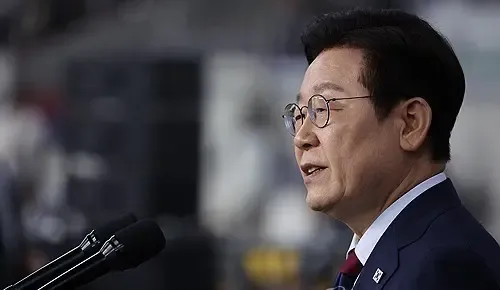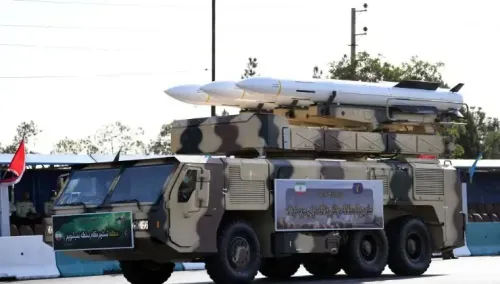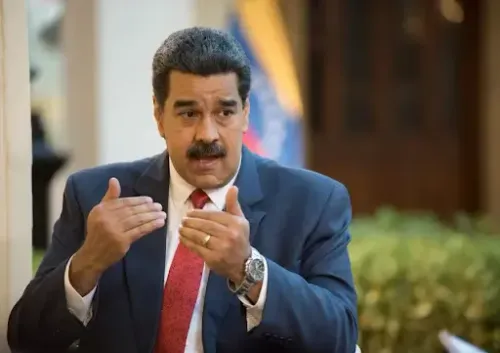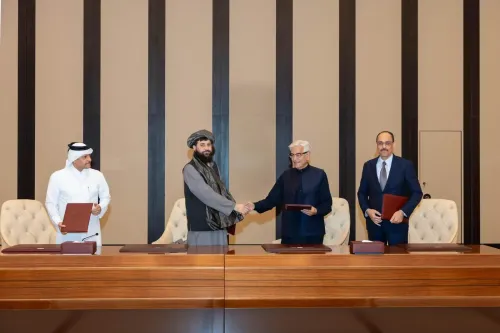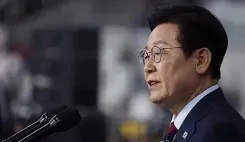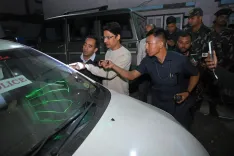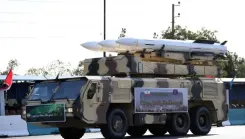Are Anti-Trump Protests Taking Over the US Under the ‘No Kings’ Banner?
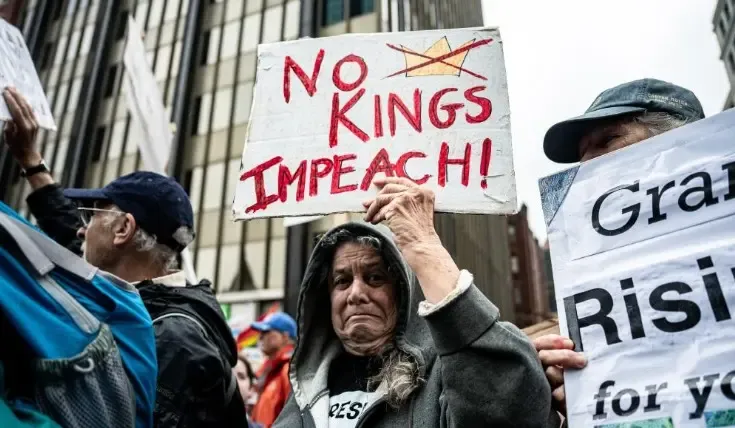
Synopsis
Key Takeaways
- Nationwide Protests: Hundreds of thousands are protesting across the U.S.
- Democratic Party Involvement: The protests are organized by the Democratic Party.
- Historical Reference: The 'No Kings' theme recalls anti-monarchical sentiments from the American Revolution.
- Public Sentiment: The protests reflect widespread concerns over authoritarianism.
- Engagement: Civic engagement remains crucial in a democratic society.
New York, Oct 19 (NationPress) Hundreds of thousands of individuals nationwide, spanning from coast to coast and north to south, took part in demonstrations against President Donald Trump, rallying under the slogan “No Kings”. They accuse him of steering the country toward an authoritarian regime.
This protest, organized by the Democratic Party, marked the second No Kings Protest, following the initial one held in June, with this iteration drawing even larger crowds.
Kamala Harris, who faced Trump in the presidential race, urged citizens to join their neighbors in peaceful protests, sharing on X, “I encourage you to join your neighbors in peaceful protest at a No Kings event... to express our voice.”
She emphasized, “In our country, the power is with the people.”
The No Kings concept is intended to evoke the anti-British protests that were pivotal in the establishment of the US, rejecting monarchy and absolute rule in favor of a republican government.
Trump has refuted claims of having royal aspirations or acting like a monarch, stating, “They're referring to me as a king. I'm not a king,” during an interview with Fox Business.
The protests were supported by organizations such as the American Civil Liberties Union, the Human Rights Campaign, and various labor unions, including teachers' unions.
These demonstrations coincided with a government shutdown resulting from a deadlock between Democrats and Republicans in the Senate, with no resolution in sight.
Democrats are insisting on reinstating cuts to medical insurance and health programs, which Trump argues could drain over $1.5 trillion from the treasury.
Due to this deadlock, the Senate is currently unable to pass any legislation to temporarily finance the government.
The protests were ignited after Trump deployed federal forces to Democratic-led states and intensified enforcement measures against illegal immigrants.
During the government shutdown, Trump has halted funding for various programs in several Democrat-controlled states.
The protest primarily focused on Trump's use of federal forces in Democratic states, claiming there’s a breakdown of law and order and rampant crime.
He has threatened to assume control of law enforcement in some cities, despite there being no constitutional provision for a president's rule.
Tens of thousands of demonstrators flooded Times Square in New York.
Protests were also held in Los Angeles, where federal immigration officials have faced off against demonstrators opposing immigration enforcement.
In Chicago, where Governor J.B. Pritzker has become a staunch critic of Trump, significant protests were reported.
Trump has made Chicago and Illinois focal points of his campaign against what he calls a crime wave, seeking to impose federal enforcement.
The city and its suburbs have witnessed clashes between federal authorities and protesters against immigration policies.
Over 2,500 protests, large and small, were planned, with many already underway, including in the nation’s capital.
While some protesters showcased placards with fierce slogans, others donned costumes to humorously critique Trump’s administration.

